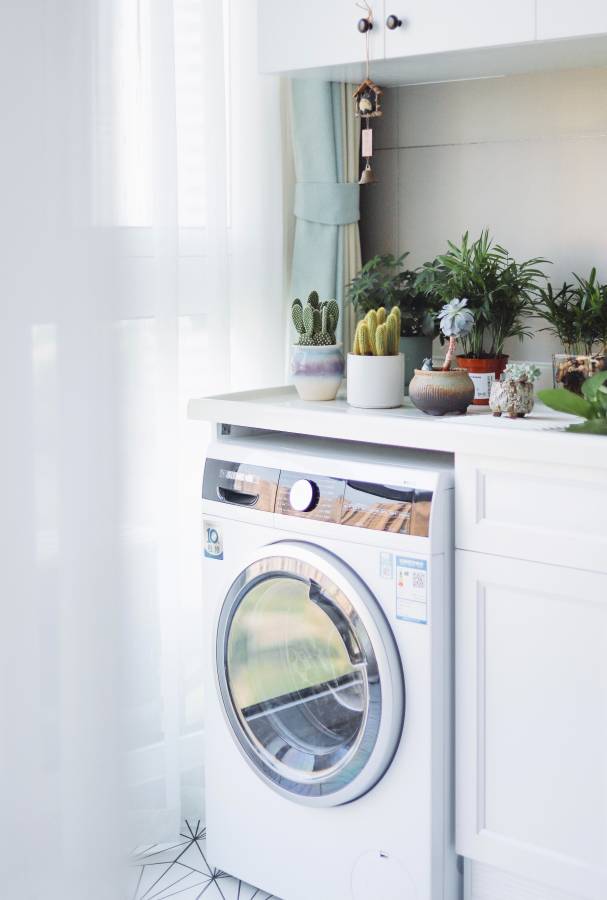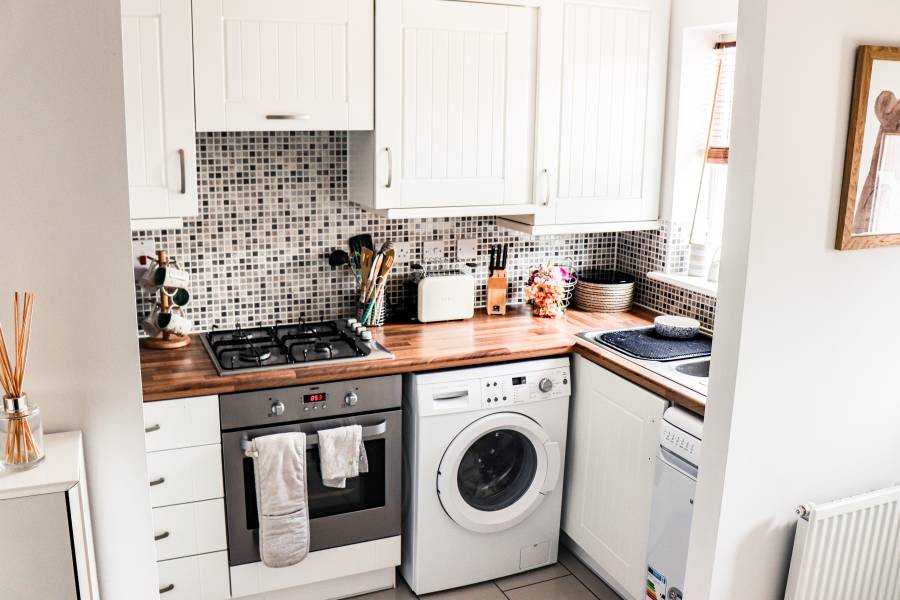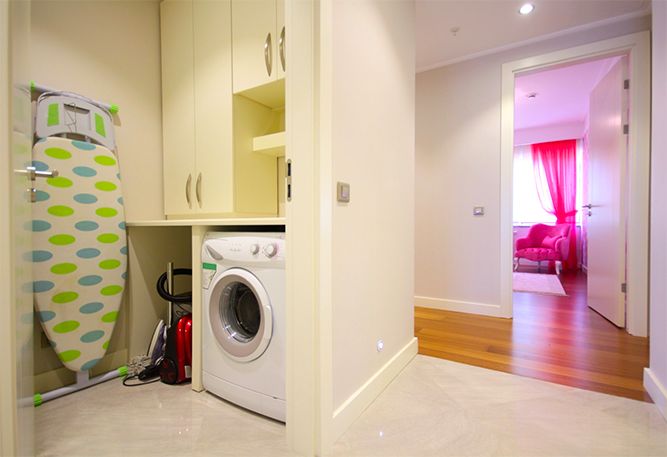How to Plan a Home Laundry
We all need to wash our clothes and linens. Most of us have an automatic washing machine, but the question is: where do we put it?
The most common locations for your washer/dryer tend to be in your basement or kitchen--but if you've got some extra room there may not necessarily be anything better than just locating them in their own room so they're easy to access when needed!
Location, Location, Location
The laundry room is a place where people go to clean their clothes and remove any dirt that may be on them. Many larger homes have a dedicated laundry room that may or may not already have a sink. If you aren’t planning to move your washer and dryer hook-ups, then the location of your laundry has been decided. Moving the hook-ups will require professional assistance unless you have the electrical and plumbing expertise to complete the task.
If you are planning to move your hook-ups, then you will have more freedom. While we will look at a few specific room choices, be sure you consider how the room will feel with the washer and dryer running. For example, ideally, you would not want to install your washer and dryer in the living room, as the noise and heat would make the room uncomfortable. While this example may seem extreme, it can be easy to lose sight of practicality in search of aesthetics.
In The Kitchen
Installing a washer and dryer in the kitchen can be tempting. The plumbing is easy to adjust, making it very convenient for time-consuming chores that could all be done in the same room. Sounds great right? A distinct disadvantage of combining your kitchen and laundry room is the unpleasant heat, and possible smells, that can arise. Imagine preparing a meal while running the washer and dryer. If you use hot water in the washing machine, then the kitchen may become unbearable hot. Be sure to keep this in mind when planning your laundry in the kitchen.
Combo Laundry Room / Bathroom
Instead of sitting laundry appliances in the kitchen, it makes more sense to incorporate a washer and dryer into your bathroom. Electrical outlets may need some work; if so then get an electrician involved with this one! Larger appliances already require special wiring and outlets, and so when you add in the high levels of moisture in the bathroom, this project becomes a risky DIY project. Hiring an electrician for this project can save you a lot of time and headache. The bathroom can be a great room for the laundry if you have the space.
Don’t Forget About Your Laundry Accessories
So you found a space for the washer and dryer, but there are some additional upgrades to consider. You might also want to install a sink for hand-washed clothing. If you are able to, consider installing a countertop and cabinet frame around your washer and dryer to give yourself a clean workspace to fold your clean clothes or separate the dirty. If you don’t have the floor space for a drying rack, consider getting one mounted to the wall to easily dry your delicate clothing. Need help installing cabinets? Angi and HomeAdvisor are both create for locating local professionals to help with your projects.
Laundry is one of those areas in your home that you just don't want to skimp on! It's an essential service, but there are also so many details. Storage should be considered as well because it can make or break the efficiency level for any given space and whatnot - consider having tall baskets/boxes handy with which dirty clothes may go; separate clothing from linens (and whites) if possible too-to keep things neat once everything has been laundered by professionals at their facility (which will happen often). The key here though isn't where they're stored: organization matters most when people use them
Finishing Up
Just because laundry is a chore doesn’t mean that your laundry room needs to be strictly utilitarian. In addition to things like sinks or storage, other additions to consider biophilic elements. Biophilic interior design means that natural elements such as plants, wood, or stone are incorporated into the space. Things like increased natural light, open windows, and plants can help provide fresh air and essential vitamin D, all of which may help your wellbeing.
If you are ready to start ordering or if you need assistance, please feel free to call us at 1-855-669-5222 or send us an email at info@cabinetnow.com. Our team of cabinet experts is here to help with everything from measuring to ordering.
 MADE IN THE USA
MADE IN THE USA






